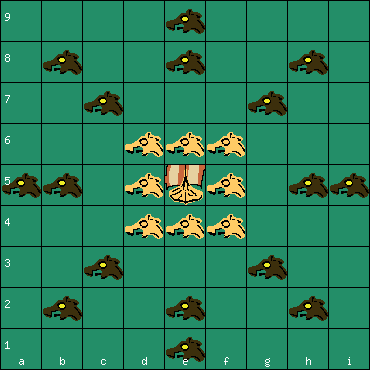


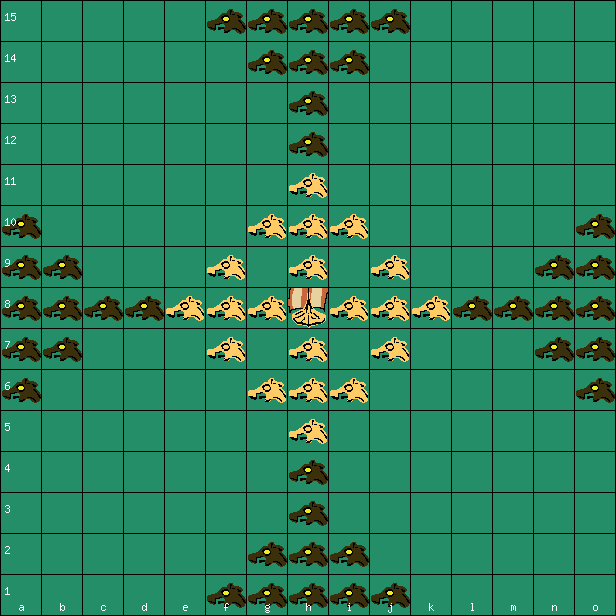
Board size and set up varies, 9x9, 11x11, 13x13 or 15x15 squares.
1. Two players, the cargo ship's side vs attackers. There are twice as many attackers as defenders.




Board size and set up varies, 9x9, 11x11, 13x13 or 15x15 squares.
2. The attackers' side moves first, the players then take turns.
3. All pieces move any number of vacant squares along a row or a column, like a rook in chess.

Moving a piece.
A piece is only captured if the trap is closed by the aggressor's move, it is therefore permitted to move in between two enemy pieces.
The cargo ship may not take part in captures.
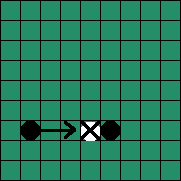
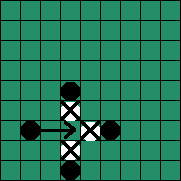
Capture of pieces.
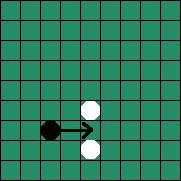

The piece is not captured.
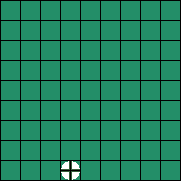
The cargo ship is captured when the attackers surround it on all four cardinal points.
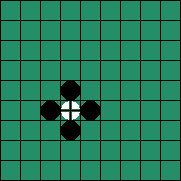
The cargo ship is captured.
6b. If the attackers surround the cargo ship and ALL remaining defenders, then they win, as they have prevented the cargo ship from escaping.
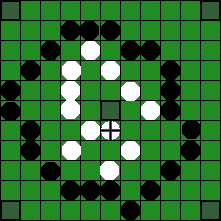
The attackers win by encircling all defenders.
8. If a player cannot move, he loses the game.
9. If it is not possible to end the game, fx. because both sides have too few pieces left, it is a draw.
|
Some examples of perpetual repetitions. Perpetual repetition - the king must find another move:  White is confined and cannot avoid perpetual repetitions and lose: 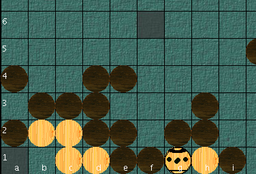

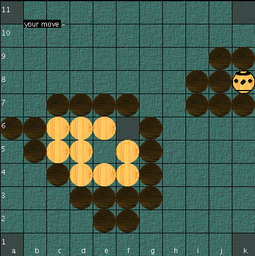
|
The Sea Battle tafl game was proposed by Adam Bartley, Norway, September 2011. 2012 the game was presented at the "Vikinger i Krig" exhibition at Midgard Historisk Senter, Borre, Norway.
The Sea Battle game pieces in the online game were drawn by Aage Nielsen, Denmark.
The 9x9 variant was produced 1855 in the UK by Jaques of London and was named "Imperial Contest", the first commercial hnefatafl game sold. (Hat tip Damian Walker).
English text and diagrams: Adam Bartley (Norway).